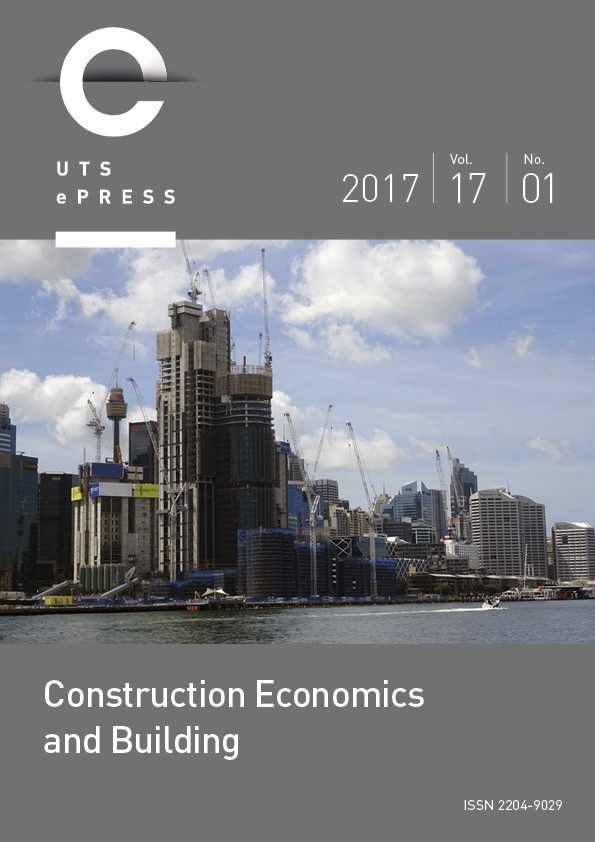Lean Construction Implementation in the Saudi Arabian Construction Industry
Main Article Content
Abstract
The Kingdom of Saudi Arabia (KSA) has witnessed a huge increase in construction during the last two decades. However, many projects experienced time delays, cost overruns and the generation of massive amounts of waste. To address these challenges, lean construction has been introduced into the Saudi construction industry; however, it is still in its infancy. This study therefore investigates the current state of lean construction implementation in the construction industry in the KSA. The objectives are to identify: the types of construction waste, level of use of tools that support the implementation of lean construction, stages of application of lean methods, and the benefits of lean construction. To achieve these objectives, a structured questionnaire survey of 282 construction professionals was carried out. After the analysis of the collected data using mean score and Anova test, the following conclusions were made. In the construction industry in the KSA, waiting is the most common type of waste, while Computer Aided Design (CAD) is the conventional tool supporting the implementation of lean construction. Furthermore, the data suggests that lean construction is most commonly used in the construction stage of projects while customer satisfaction is the main benefit derived from lean construction practices. This study concludes that the level of implementation of lean construction in the KSA construction industry is increasing. The results will help benchmark the current state of lean construction implementation, which will enable the construction industry to identify strategies to implement lean construction in Saudi Arabia in accordance with their needs and project goals, to achieve better productivity.
Article Details
Section
Authors who publish with this journal agree to the following terms:
a) Authors retain copyright and grant the journal right of first publication with the work simultaneously licensed under a Creative Commons Attribution License that allows others to share and adapt the work with an acknowledgement of the work's authorship and initial publication in this journal.
b) Authors are able to enter into separate, additional contractual arrangements for the non-exclusive distribution of the journal's published version of the work (e.g., post it to an institutional repository or publish it in a book), with an acknowledgement of its initial publication in this journal.
c) Authors are permitted and encouraged to post their work online (e.g., in institutional repositories or on their website) prior to and during the submission process, as it can lead to productive exchanges, as well as earlier and greater citation of published work (See The Open Access Citation Advantage Service). Where authors include such a work in an institutional repository or on their website (ie. a copy of a work which has been published in a UTS ePRESS journal, or a pre-print or post-print version of that work), we request that they include a statement that acknowledges the UTS ePRESS publication including the name of the journal, the volume number and a web-link to the journal item.
d) Authors should be aware that the Creative Commons Attribution (CC-BY) License permits readers to share (copy and redistribute the work in any medium or format) and adapt (remix, transform, and build upon the work) for any purpose, even commercially, provided they also give appropriate credit to the work, provide a link to the license, and indicate if changes were made. They may do these things in any reasonable manner, but not in any way that suggests you or your publisher endorses their use.
